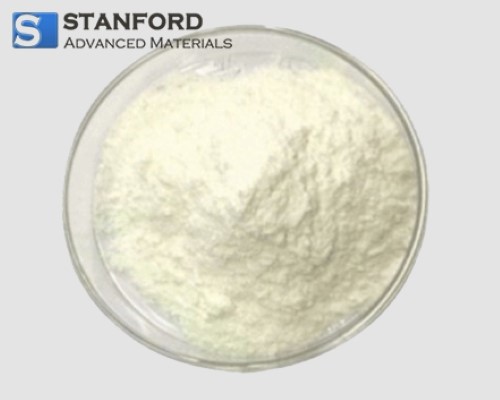Case Study: Harnessing Yttrium Oxide For Advanced Lighting Solutions
Introduction
Yttrium oxide (Y2O3) is used in the field of lighting. Its quantifiable properties contribute to increased efficiency, extended operational life and improved performance in various lighting technologies. Traditional incandescent bulbs and modern LED systems both utilise Y2O3, thereby yielding measurable enhancements. This article examines specific applications of Yttrium oxide in the lighting industry.

Figure 1. The lighting industry
Applications of Yttrium Oxide for Modern Lighting Solutions
Phosphor for Fluorescent Lamps:
Y2O3 is an important component in the manufacture of phosphors for fluorescent tube lighting. Phosphors are materials that emit visible light when exposed to ultraviolet (UV) or other high-energy radiation. Y2O3 is frequently doped with rare earth elements to produce phosphors that emit light at specific wavelengths. These phosphors are applied to the interior of fluorescent tubes and lamps. When the UV radiation from mercury vapour discharge interacts with the phosphor, visible light is emitted. Consequently, fluorescent lamps produce a range of colours and offer better energy efficiency compared to incandescent bulbs.
High-Intensity Discharge Lamps (HID):
Y2O3 is used in HID lamps (High-Intensity Discharge), including metal halide and sodium vapour lamps, which are employed in various lighting applications. It is added to the burner or arc tube to enhance stability and colour rendering. This measure produces a uniform light output that is essential for outdoor lighting and sports stadia.
LED Phosphors:
In the context of light‑emitting diodes (LEDs), Y2O3 is a key component in the production of phosphors. LEDs emit blue or UV light. By combining Yttrium oxide‑based phosphors with the emitted light, a broad spectrum is obtained. This arrangement is necessary for generating white light in LEDs, which is used for general lighting and display applications.
Optical Coatings:
Y2O3 is employed in optical coatings for various lighting components, such as reflectors and lenses. These coatings improve light transmission, reflection and dispersion characteristics, thereby contributing to the overall efficiency and performance of lighting systems.

Figure 2. Yttrium Oxide Powder
Conclusion
Yttrium oxide is a necessary part of lighting technology because it improves the colour accuracy of fluorescent lamps, extends the chromatic range of LEDs and increases the operational efficiency of HID lamps. Its application has led to measurable improvements in both energy efficiency and lighting performance.
Stanford Advanced Materials (SAM) has 20 years of experience in the production and distribution of Yttrium oxide (Y2O3). Please send us an enquiry if you are interested.

 Bars
Bars
 Beads & Spheres
Beads & Spheres
 Bolts & Nuts
Bolts & Nuts
 Crucibles
Crucibles
 Discs
Discs
 Fibers & Fabrics
Fibers & Fabrics
 Films
Films
 Flake
Flake
 Foams
Foams
 Foil
Foil
 Granules
Granules
 Honeycombs
Honeycombs
 Ink
Ink
 Laminate
Laminate
 Lumps
Lumps
 Meshes
Meshes
 Metallised Film
Metallised Film
 Plate
Plate
 Powders
Powders
 Rod
Rod
 Sheets
Sheets
 Single Crystals
Single Crystals
 Sputtering Target
Sputtering Target
 Tubes
Tubes
 Washer
Washer
 Wires
Wires
 Converters & Calculators
Converters & Calculators
 Chin Trento
Chin Trento


